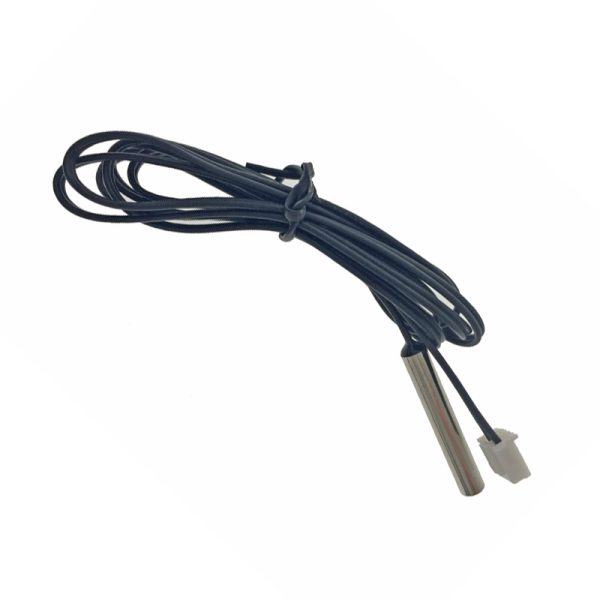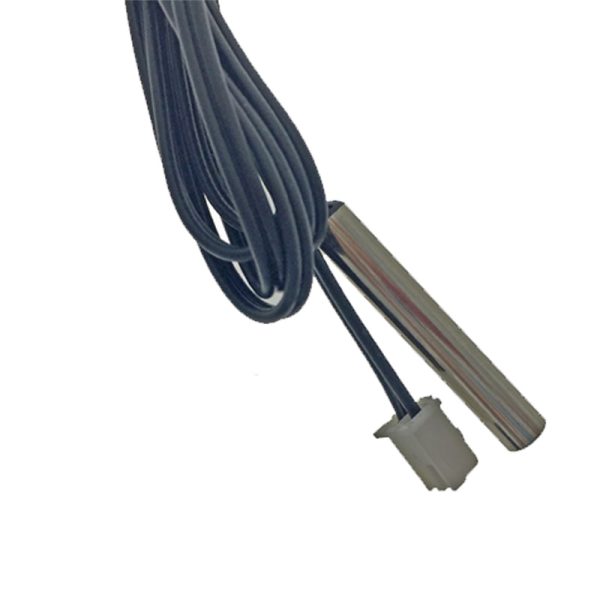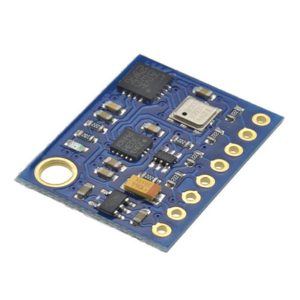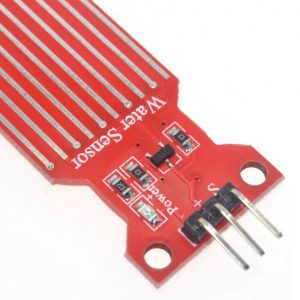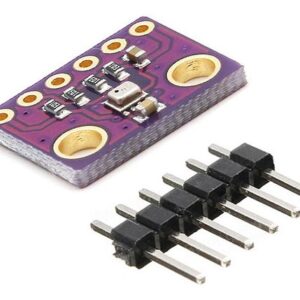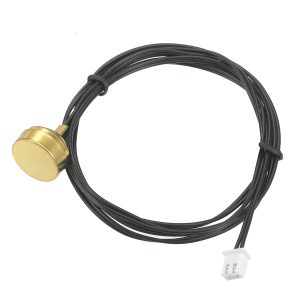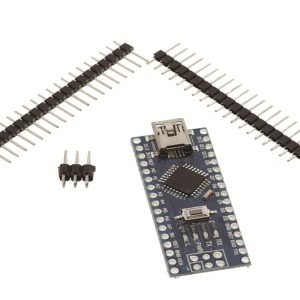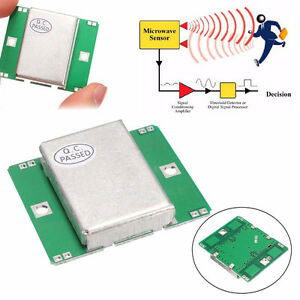1M NTC Thermistor Temperature Sensor 10K 1% 3950 Waterproof
Thermistors are among the most accurate types of temperature sensors. OMEGA thermistors have an accuracy of ±0.1°C or ±0.2°C, depending on the particular temperature sensor model. However, these elements are fairly limited in their temperature range, working only over a nominal range of 0°C to 100°C.
$7.55
38 in stock

This item: 1M NTC Thermistor Temperature Sensor 10K 1% 3950 Waterproof
38 in stock
$7.55
$7.55
Description
Additional information
Applications
Support & Utility
Q & A
1M NTC Thermistor Temperature Sensor 10K 1% 3950 Waterproof, NTC stands for “Negative Temperature Coefficient. NTC thermistors are resistors with a negative temperature coefficient, meaning their resistance decreases as the temperature increases.
They work with most WAECO , Coolers and many others
Specifications: |
|
Package Includes: |
|
Check Out our Clearance and on-sale items.
Development Resources: Demo Codes, Schematics, Datasheets, Etc |
|
| Hackaday serves up Fresh Hacks Every Day from around the Internet. | |
| Instructables is a community for people who like to make things. Explore, share, and do your next project with us! | |
| Where the world builds software | |
 |
Raspberry Pi Foundation: What would you like to make today? |
Arduino’s mission is to enable anyone to enhance their lives through accessible electronics and digital technologies. |
|
| Wikipedia is a free online Encyclopedia created and edited by volunteers worldwide and hosted by the Wikimedia Foundation. | |
| Notes: |
|
| Weight | 0.015 kg |
|---|---|
| Dimensions | 6 × 4 × 1 cm |
Product Applications
Q & A
Ask a question
There are no questions yet


